
Enhancing the Medicinal Properties of Thyme (Thymus vulgaris) Through Artificial Lighting: A Review of Chemical Compound Optimization
- Home
- Enhancing the Medicinal Properties of Thyme (Thymus vulgaris) Through Artificial Lighting: A Review of Chemical Compound Optimization
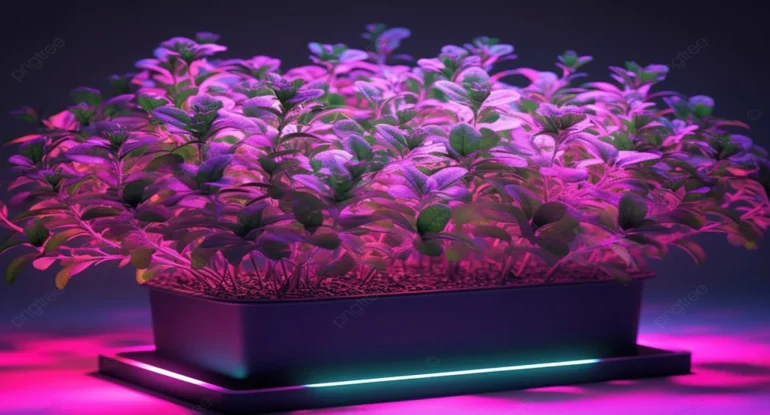
Enhancing the Medicinal Properties of Thyme (Thymus vulgaris) Through Artificial Lighting: A Review of Chemical Compound Optimization
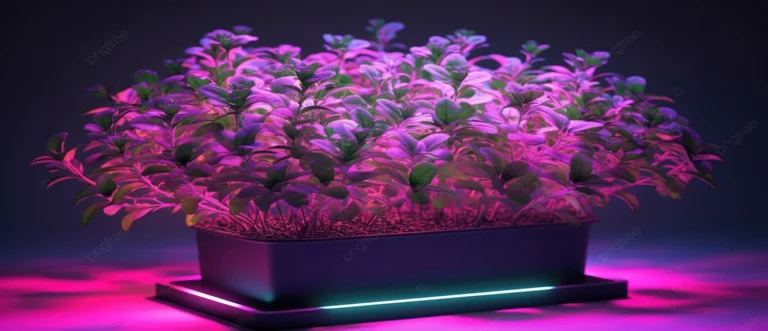
- Vishal Bhosale
- 1
Abstract: This research investigates the effects of artificial lighting on the growth and chemical profile of thyme (Thymus vulgaris), conducted by Nexsel Pvt. Ltd. The study aims to identify optimal light conditions that enhance the production of valuable chemical compounds, particularly thymol and other essential oils. By experimenting with various light spectra and intensities, we evaluated their impact on growth rates, photosynthetic efficiency, and the concentration of key metabolites. Preliminary findings suggest that specific wavelengths significantly improve both biomass and essential oil yield. This work seeks to inform best practices for thyme cultivation under artificial conditions, ultimately supporting sustainable agriculture and the natural products
By using different types of artificial light, such as various colors and intensities, we can increase the levels of valuable chemicals in thyme. These chemicals are important for its medicinal properties. The review aims to help farmers and researchers understand how to use artificial light to grow thyme with better quality and more health benefits. Thyme is a hardy wild shrub from the Lamiaceae family, native to the Mediterranean region. It has been an important wild edible plant for centuries due to its significant role in food, medicine, and cosmetics.
Thyme is well-known for its antiviral, antibacterial, antifungal, and antiseptic properties, and it can disrupt microbial biofilms effectively. During the COVID-19 pandemic, some components of thyme were studied for their potential to bind to viruses. Thyme has many uses in food, medicine, and other areas, making it a popular choice as a nutraceutical. This review aims to discuss the botanical and nutritional values of thyme, detail its major components, and summarize existing research on its dietary and biological effects.
Additionally, this paper explores recent findings on how artificial lighting affects the chemical makeup of thyme (Thymus vulgaris), a plant known for its medicinal benefits. By looking at how different light spectra and intensities impact the composition of thyme’s essential oils, we seek to find the best conditions to boost its therapeutic properties

Introduction: Thyme (Thymus vulgaris) is a plant well-known for its medicinal properties. Recent studies have shown that the chemical compounds in thyme, which contribute to its health benefits, can be influenced by various factors, including light. This paper explores how artificial lighting can enhance the medicinal qualities of thyme by optimizing its chemical composition. The main goal of this review is to understand how different types of artificial light affect the production of valuable compounds in thyme. By examining the impact of different light conditions on thyme’s essential oils and other key components, we aim to find the best lighting strategies to boost its health benefits. This research is important because it can help improve the quality and effectiveness of thyme used in medicine and other health products.

Thyme has been used for both cooking and medicine since ancient times. The ancient Egyptians included thyme in their embalming process. The earliest records of thyme being used for medicine come from the first century AD, found in Dioscorides’ De materia medica and Pliny’s Natural History. Both ancient Greeks and Romans valued thyme for its antiseptic qualities. Even today, thyme is commonly associated with relieving respiratory problems like coughs. Below, the systematic classification of this species is listed:
Kingdom: Plantae
Subkingdom: Tracheobionta
Superdivision: Spermatophyta
Division: Magnoliophyta
Class: Magnoliopsida
Subclass: Asteridae
Order: Lamiales
Family: Lamiaceae
Genus: Thymus L.
Species: Thymus vulgaris L.
Botanical Aspects of Thyme: Thymus vulgaris is a perennial, evergreen shrub with an upright, woody base. Its leaves grow in whorls around the stem, are evergreen, and have a simple structure. The leaves are oval-shaped, have a fine texture, and emit a pleasant aroma. These leaves are the main part used for consumption. The flowers of T. vulgaris are arranged in a cyme pattern, and are purple and white, bisexual, and have a two-lipped shape with a hairy, glandular calyx that gives off a nice smell. They bloom in the spring and summer. Th. vulgaris grows at a moderate rate. When fully grown, it reaches a height of 0.5 to 1 meter and spreads 0.5 to 1 meter wide, sometimes extending up to 1.5 meters on the ground as a green cover. It takes 2 to 5 years to reach its full height.
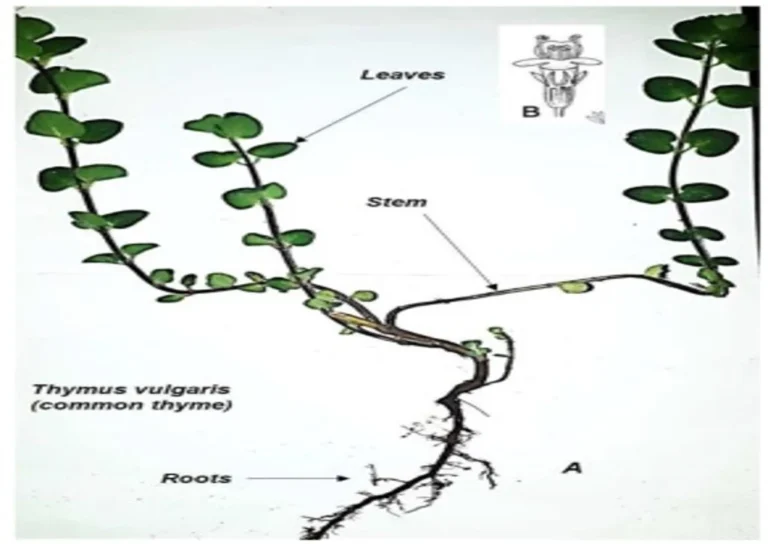
Chemical Composition and Essential Oils of Thyme: Many studies have explored the chemical makeup of thyme. The composition of thyme’s chemical compounds and essential oils can vary depending on the climate and geographical location. Research has found that thyme contains 56.53% monoterpenes, 28.69% monoterpene hydrocarbons, 5.04% sesquiterpene hydrocarbons, and 1.84% oxygenated sesquiterpenes. Thyme is also rich in flavonoids and phenolic antioxidants such as zeaxanthin, lutein, pigenin, naringenin, luteolin, and thymonin. Fresh thyme is known for its high antioxidant levels and is packed with essential minerals and vitamins. Its leaves contain significant amounts of potassium, iron, calcium, manganese, magnesium, and selenium. The main component of the oil extracted from thyme is thymol.

Chemical Composition of Thyme: Thyme contains a diverse range of chemical compounds, including monoterpenes, sesquiterpenes, and flavonoids. Key components like thymol and carvacrol contribute to its antioxidant, antibacterial, and anti-inflammatory properties. The concentration of these compounds can vary based on factors such as climate and soil conditions.
Impact of Artificial Light: Artificial light can significantly affect the growth and chemical composition of plants. Different light spectra and intensities can alter the synthesis of essential oils and other compounds in thyme. Studies have shown that specific lighting conditions can enhance the production of beneficial compounds, improving the overall quality and effectiveness of thyme.
Methods for Optimization: To optimize the chemical profile of thyme using artificial light, various methods can be employed:
- Light Spectrum: Adjusting the spectrum of light can influence the production of specific compounds. For example, blue and red light can affect different aspects of plant metabolism.
- Light Intensity: The intensity of light can impact the rate of photosynthesis and the synthesis of essential oils.
- Light Duration: The duration of light exposure can also play a role in compound production.
Research Findings: Recent studies have used techniques such as capillary electrochromatography (CEC) and liquid chromatography-tandem mass spectrometry (LC-MS/MS) to analyze the effects of artificial light on thyme. These methods have revealed that optimized light conditions can increase the concentration of key compounds like thymol and carvacrol.
Future Directions: Ongoing research is needed to further understand how artificial light affects thyme’s chemical composition. Future studies should focus on:
Long-Term Effects: Investigating how extended periods of artificial light impact thyme’s growth and compound levels.
Economic Viability: Assessing the cost-effectiveness of using artificial light for large-scale thyme cultivation.
Varietal Differences: Exploring how different thyme varieties respond to various lighting conditions.
Thymol is a key phenolic compound in thyme, mainly responsible for its antioxidant properties. The flowering stems of thyme also contain flavonoids like apigenol and luteolol, as well as phenolic acids such as caffeic and rosmarinic acids, and tannins.
To analyze the essential oils in thyme, it is important to use standardized and proper techniques. The process usually involves extracting the oils and then analyzing them. Methods such as capillary electrochromatography with diode array detection (CEC-DAD) and liquid chromatography-tandem mass spectrometry (LC-MS/MS) are used to identify the main components, which are thymol and carvacrol.
Thyme’s Nutritional Value and Health Benefits: Thyme is packed with phytonutrients, minerals, and vitamins that are important for maintaining good health. These nutrients help prevent diseases and promote overall well-being. Thyme is especially rich in vitamin A and vitamin C. Vitamin A is an antioxidant that helps keep the skin and mucus membranes healthy and supports good vision. Vitamin C helps the body fight off infections and protects against harmful free radicals that cause inflammation. Thyme also contains B-complex vitamins, especially vitamin B6 (pyridoxine), which helps maintain balanced levels of γ-aminobutyric acid (GABA) in the brain and acts as a stress reliever.
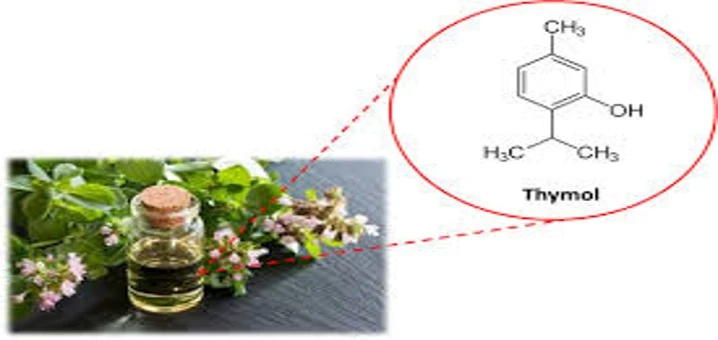
Conclusion: Current knowledge about thyme shows that it has many nutritional and health benefits, and it suggests several areas for future research. While there have been many useful studies on thyme, and more are expected, research on this herb continues to be promising. Thymol and thyme essential oil are already widely used in the food and healthcare industries, but more research and analysis are needed to explore their full potential.
References:
- Heywood V.H., Nations F., Food and Agriculture Organization of the United Nations . Use and Potential of Wild Plants in Farm Households.Food & Agriculture Org.; Rome, Italy: 1999. [Google Scholar]
- Shumsky S.A., Hickey G.M., Pelletier B., Johns T. Understanding the Contribution of Wild Edible Plants to Rural Social-Ecological Resilience in Semi-Arid Kenya. Ecol. Soc. 2014;19:art34. doi: 10.5751/ES-06924-190434. [CrossRef] [Google Scholar]
- Bhatia H., Sharma Y.P., Manhas R.K., Kumar K. Traditionally Used Wild Edible Plants of District Udhampur, J&K, India. J. Ethnobiol. Ethnomed. 2018;14:73. doi: 10.1186/s13002-018-0272-1. [PMC free article] [PubMed] [CrossRef] [Google Scholar]
- Duguma H.T. Wild Edible Plant Nutritional Contribution and Consumer Perception in Ethiopia. Int. J. Food Sci. 2020;2020:2958623. doi: 10.1155/2020/2958623. [PMC free article] [PubMed] [CrossRef] [Google Scholar]
- Guil-Guerrero J.L. Edible Wild Plants. In: Majundar D.K., Govil J.N., Singh V.K., editors. Recent Progress in Medicinal Plants.Volume 8. Sci. Tech Publising LLC; Houston, TX, USA: 2002. [(accessed on 17 January 2022)]. Chapter: Edible Wild Plants. Available online: https://www.researchgate.net/publication/270276886_Edible_Wild_Plants [Google Scholar]
- Polat R., Cakilcioglu U., Ulusan M.D., Paksoy M. Survey of Wild Food Plants for Human Consumption in Bingöl (Turkey) Indian J Tradit knowledge. 2017;16:378–384. [Google Scholar]
- Batal M., Hunter E. Traditional Lebanese Recipes Based on Wild Plants: An Answer to Diet Simplification? Food Nutr. Bull. 2007;28:S303–S311. doi: 10.1177/15648265070282S209. [PubMed] [CrossRef] [Google Scholar]
- Marouf M., Batal M., Moledor S., Talhouk S.N. Exploring the Practice of Traditional Wild Plant Collection in Lebanon. Food Cult. Soc. 2015;18:355–378. doi: 10.1080/15528014.2015.1043103. [CrossRef] [Google Scholar].
- Blog Categories
- Basic of Artificial Lighting for Plants
- Basic of grow Light
- Case Studies
- General Awareness
- Indoor Vertical Farming
- Medical Plant Research
- Online Tool
- Pitch Grow Light
- Plant Lighting Measurement
- Speed Breeding
- Supplemental Lighting
- Tissue Culture Grow Lights
- Vertical Green Wall
- LED Grow Lights
- Pharma Segment
- General
Popular Products
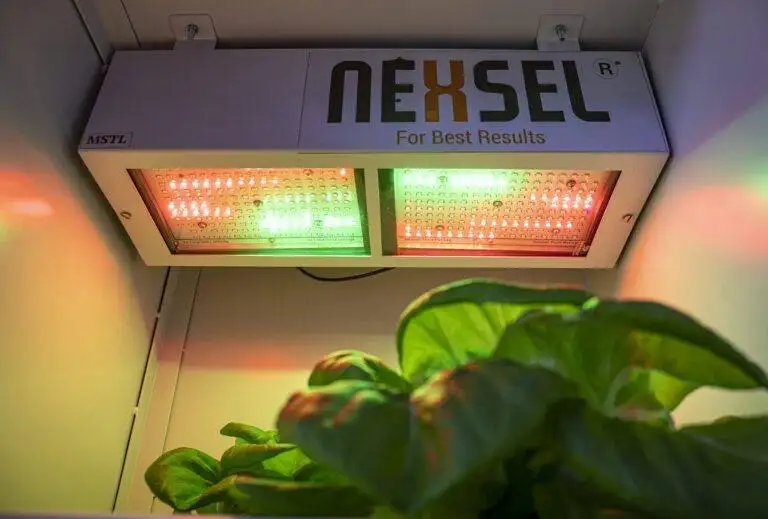
Enquire Now
Quick Link
Other Links
Design & Developed By VBTEK


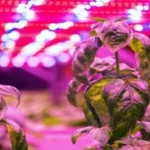
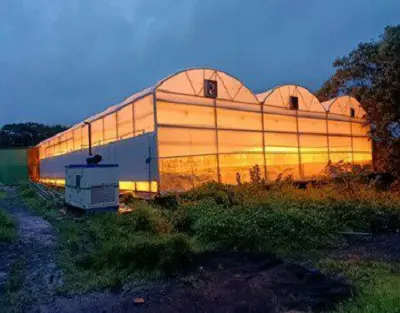
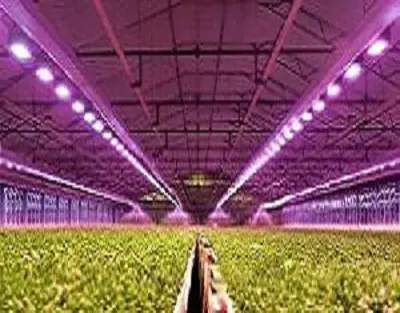
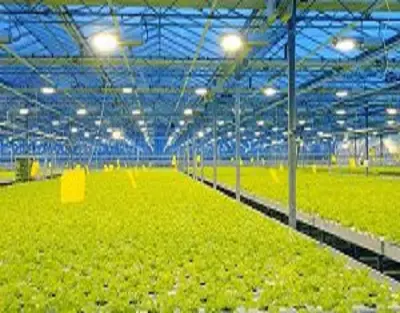
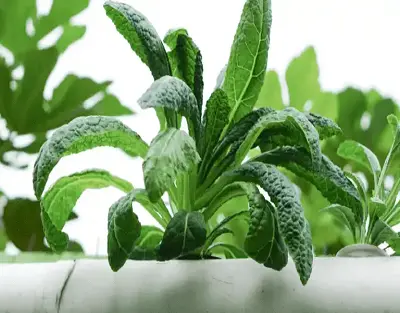
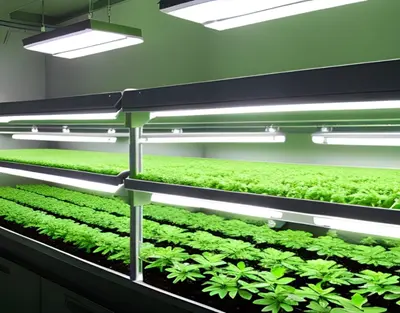


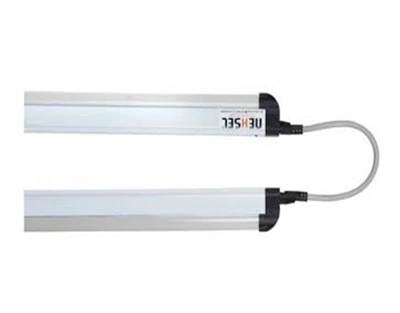








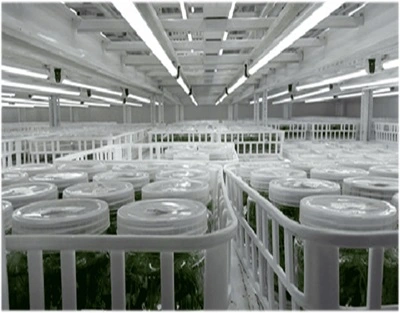
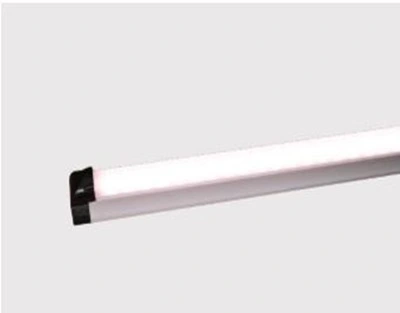
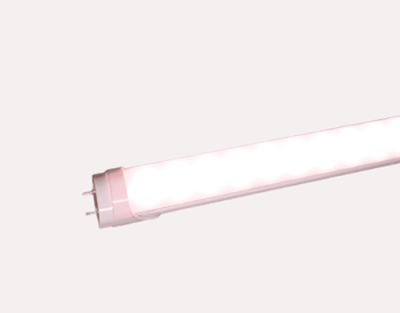
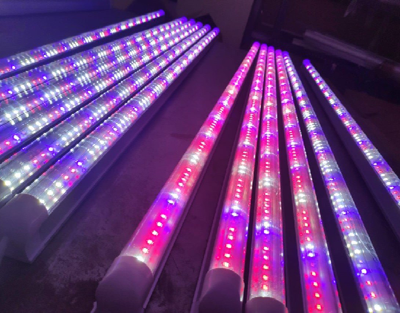

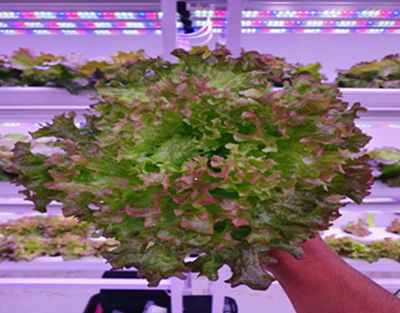
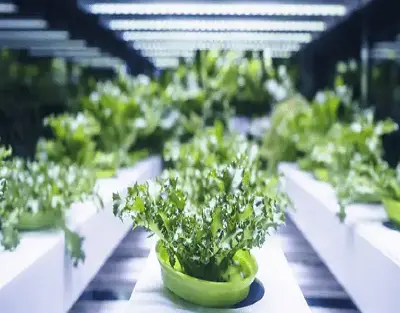



Leave A Comment